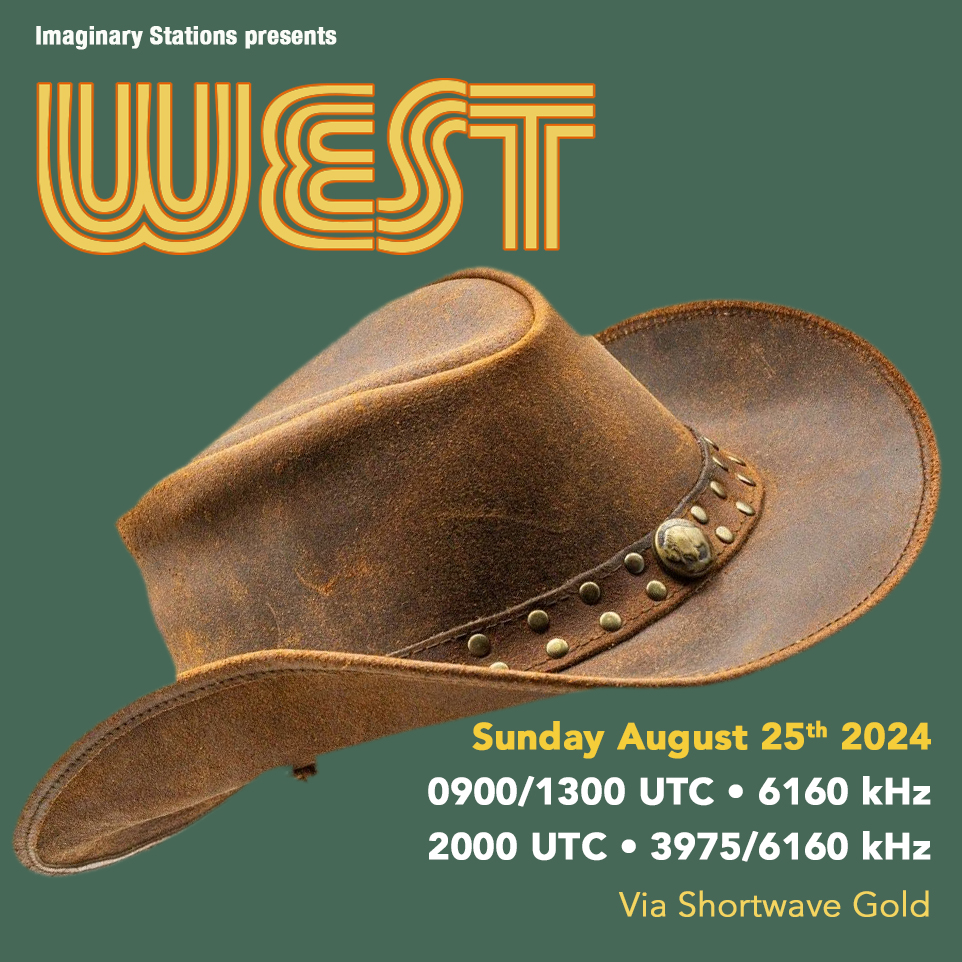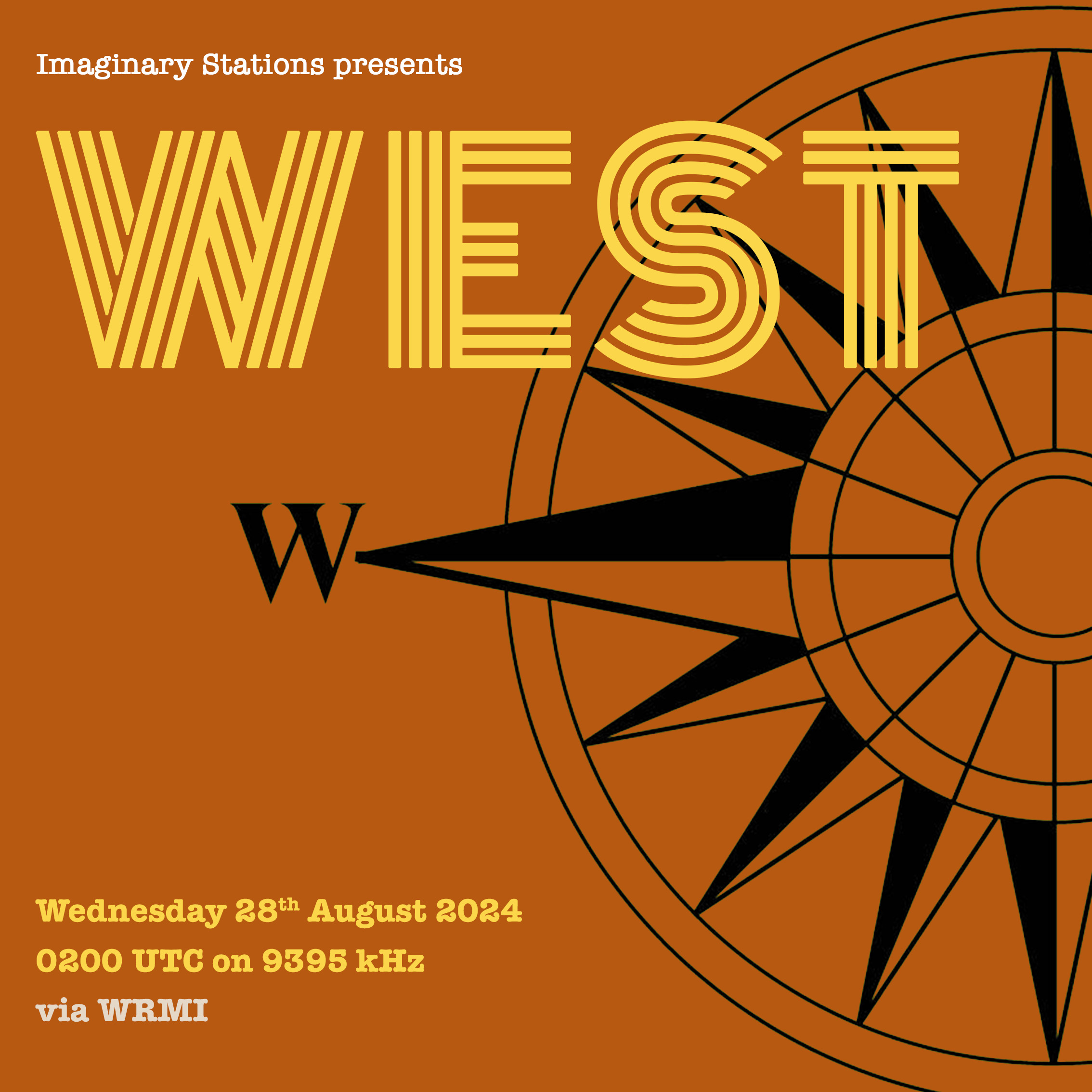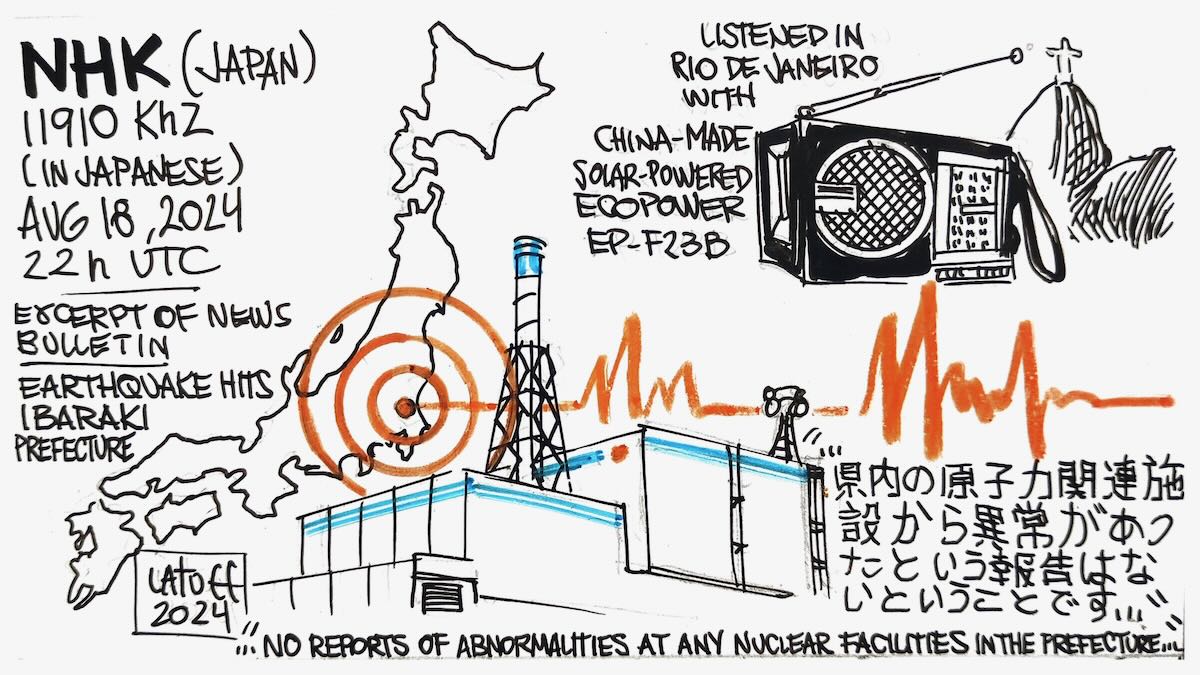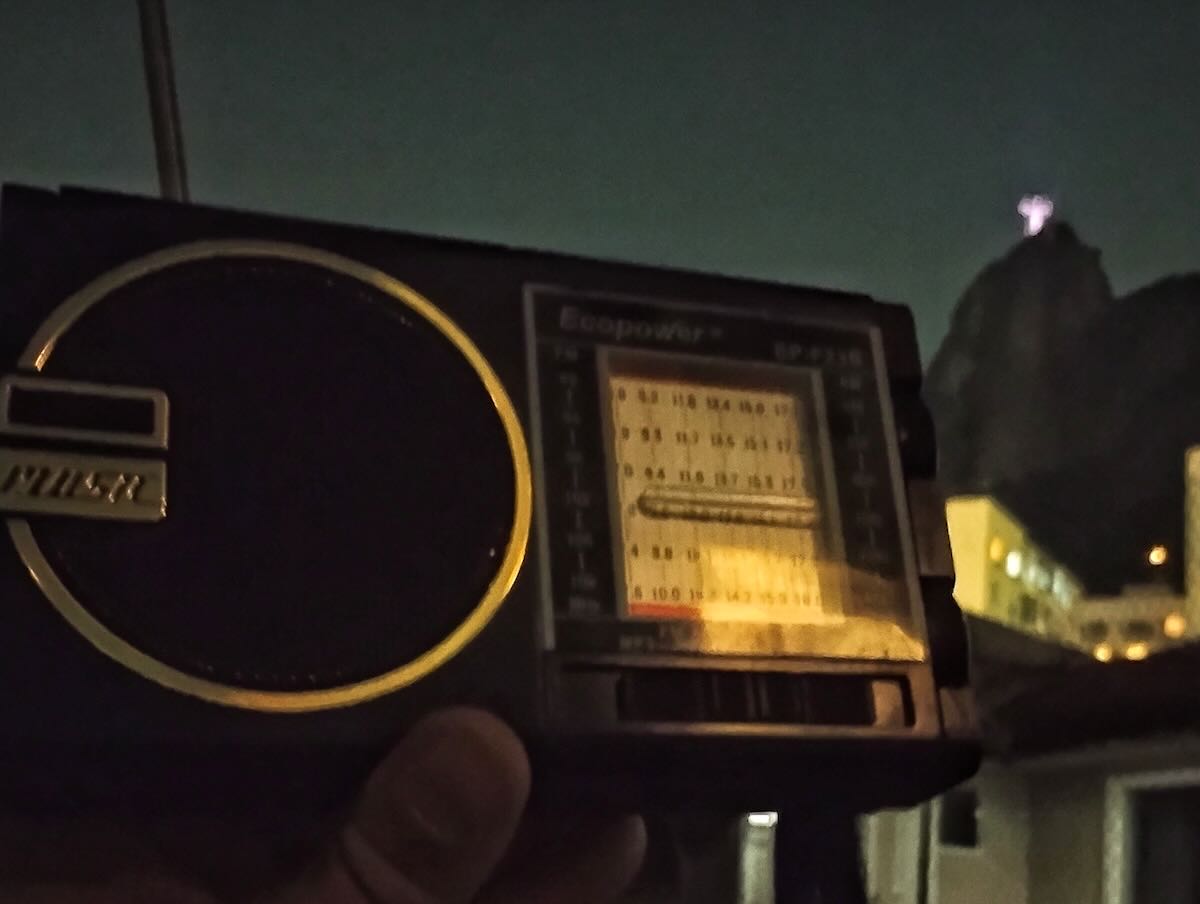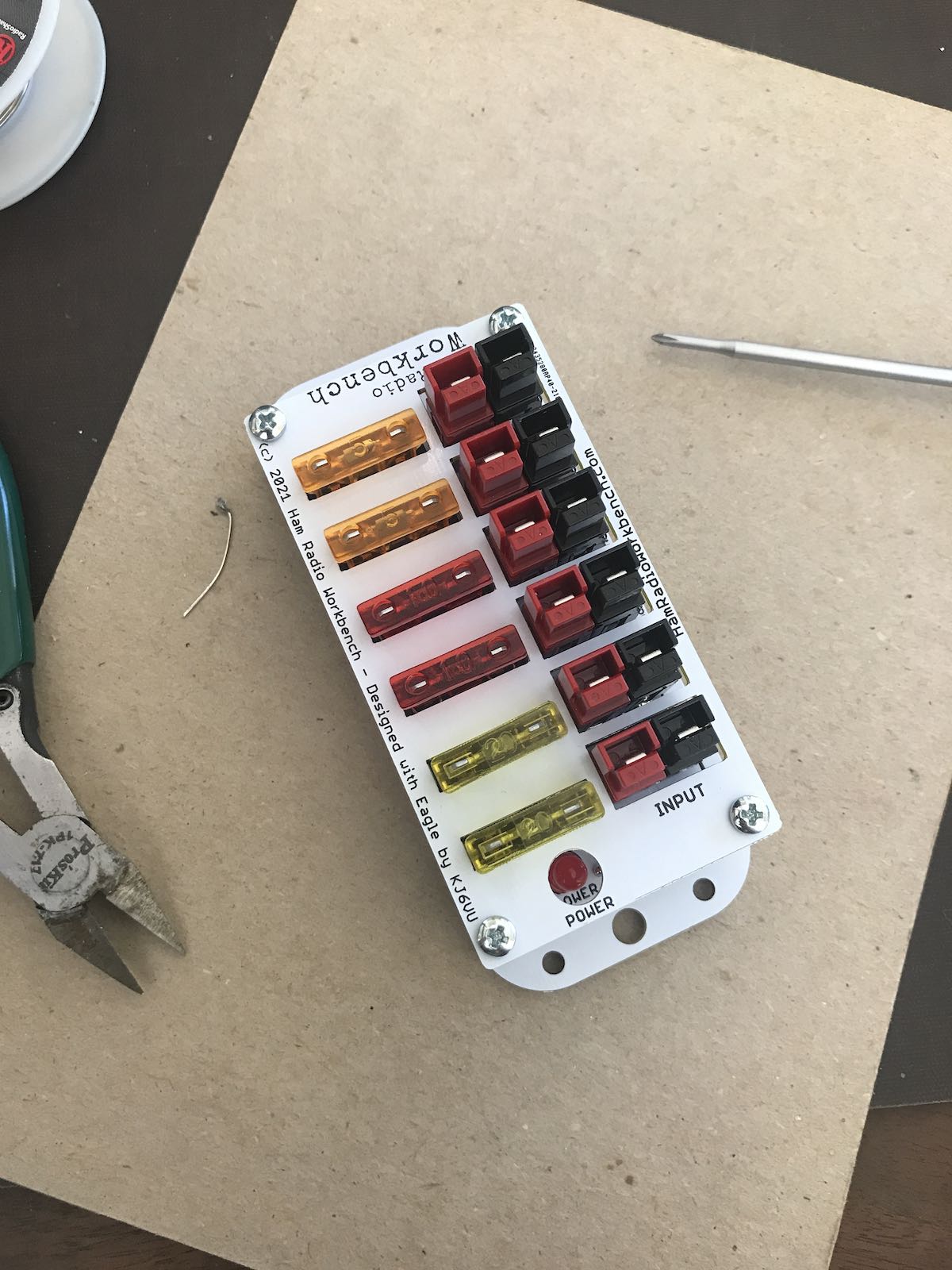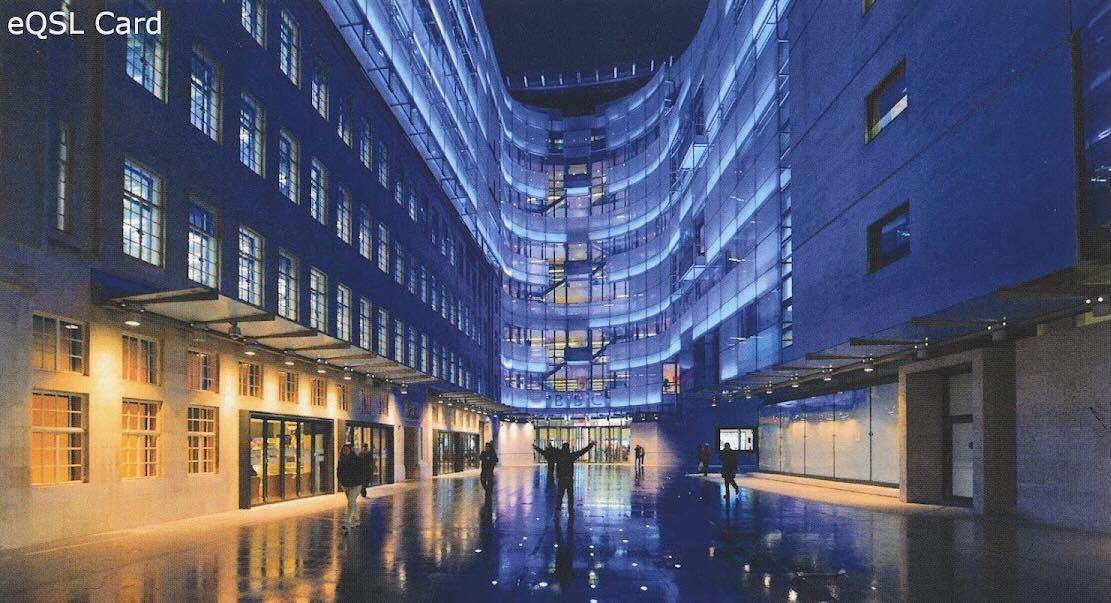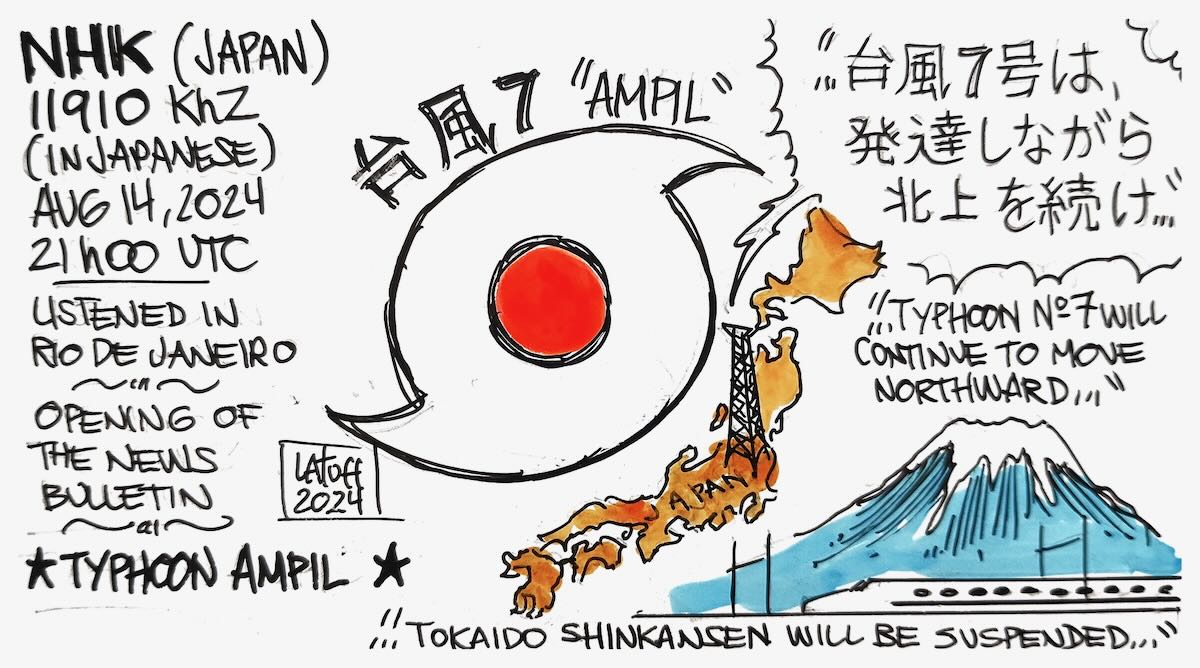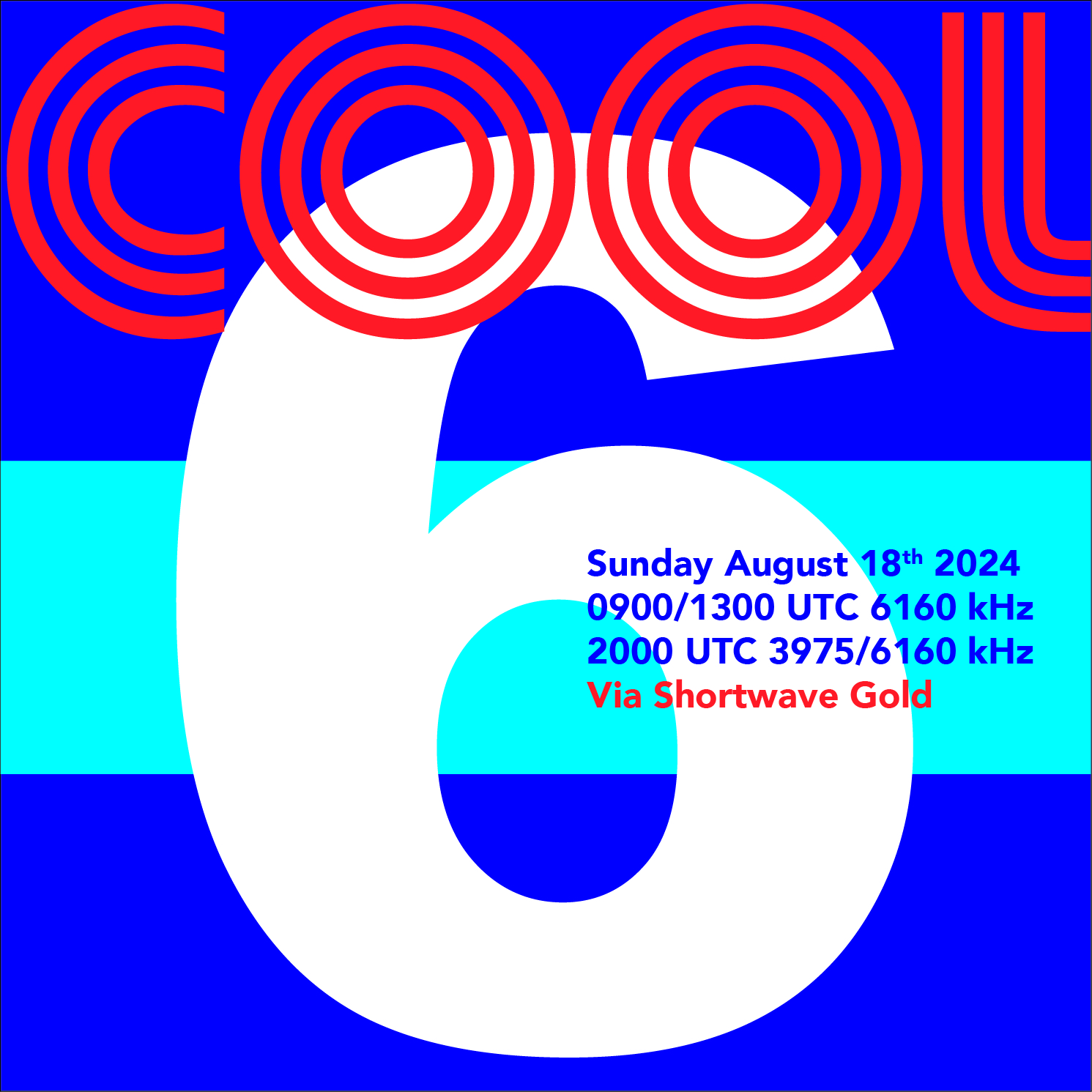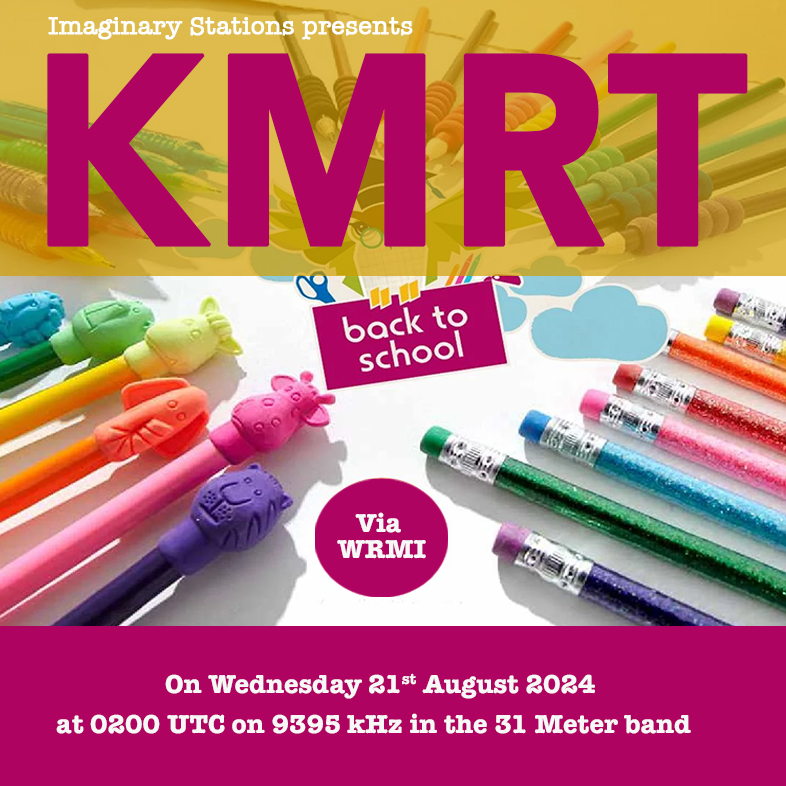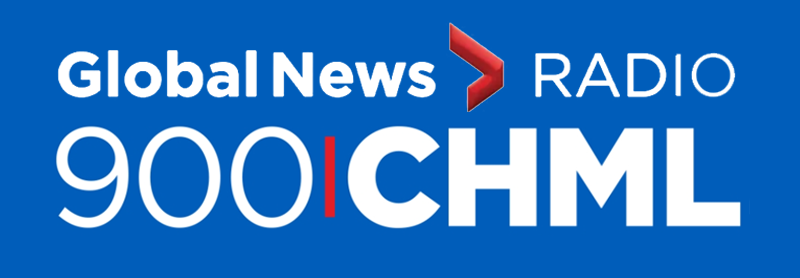Hi it’s FastRadioBurst 23 here letting you know what Imaginary Stations will be bringing to you via the shortwaves this week. On Sunday 25th August 2024 at 0900/1300 hrs UTC on 6160 kHz and then at 2000 UTC on 6160 kHz and 3975 kHz they have WEST via Shortwave Gold. Don’t worry, there won’t be any quick on the draw competitions or mandatory poncho wearing but just some great western inspired tunes with whistling, twangy guitars, a bit of yodelling and some banjo picking. So next Sunday sit by the chuck waggon and put the shortwave radio on and strum along with your guitar to the sound of WEST.
Then via WRMI on Wednesday 28st August 2024 at 0200 UTC on 9395 kHz we’ll be bringing you yet another version of WEST for you campfire listening pleasure. So gather around the radio with all of your stablemates and enjoy a great old programme of way out western fun.
We now have a Patreon page for our regular listeners here. Monthly memberships are available for exclusive audio and zines.
For more information on all our shows, please send to [email protected] and check out our old shows at our Mixcloud page here.

